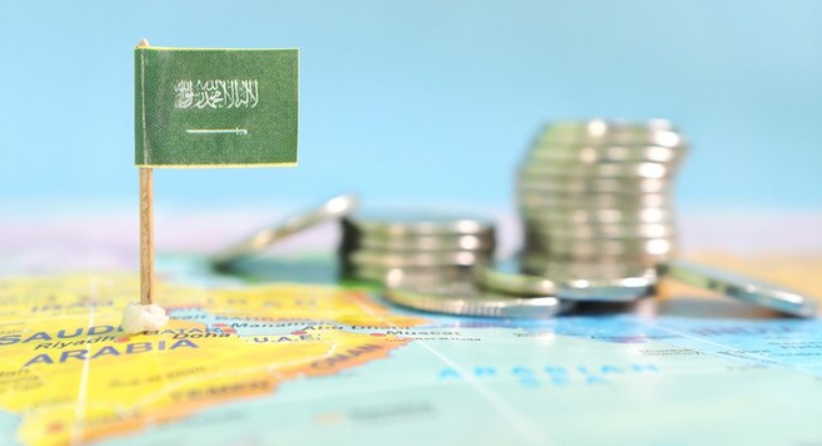
22 Mar 2025
RIYADH: As Saudi Arabia’s financial system turns increasingly to debt markets for funding, it will face new opportunities and increased risk in relation to its stability and resilience, experts told Arab News.
The growth of sukuk issuance and other debt market activities are essential to the Kingdom’s economic diversification targets and objectives set out in the Vision 2030 initiative.
Saudi Arabia raised SR2.64 billion ($704 million) through sukuk issuances in March, following the SR3.07 billion secured in February and SR3.72 billion in January.
A report by Fitch Ratings in February showed that the Kingdom holds the largest share of the Gulf Cooperation Council’s debt capital market — which itself surpassed the $1 trillion milestone at the end of January.
This represented a 10 percent year-on-year growth across all currencies.
Another report by Fitch earlier this year showed that Saudi Arabia became the largest dollar-denominated debt issuer in emerging markets — outside China — and the world’s largest sukuk issuer in 2024.
The Kingdom’s debt capital market grew by 20 percent year on year in 2024, reaching $432.5 billion in outstanding debt.
Funding uses
Saudi Arabia uses sukuk issuance as a mechanism to finance giga-projects such as NEOM, the Red Sea, and Qiddiya, which collectively require hundreds of billions of dollars in funding.
Ian Khan, a technology futurist and author, said this highlights the Kingdom’s commitment to Islamic finance as a driver of sustainable development.
“Sukuk aligns with Vision 2030 by attracting both domestic and international ethical investors, particularly from markets in Southeast Asia, the Middle East, and North Africa. Additionally, sukuk’s structure, which ties returns to tangible assets, ensures that funds are channeled into real economic activities such as renewable energy, infrastructure, and technology, all of which are cornerstones of Saudi Arabia’s diversification agenda,” Khan said.
“Furthermore, by developing its domestic sukuk market, the Kingdom reduces its dependence on oil revenues, which currently account for over 50 percent of GDP,” he said.
Khan emphasized that sukuk also supports green finance initiatives, with Saudi entities already issuing green sukuk to fund renewable projects such as the 300 MW Sakaka Solar Project.
Risks and rewards
According to Mohammad Nikkar, principal at Arthur D. Little Middle East, reports published by the Kingdom’s central bank highlight the capitalization strength of the Saudi banking system.
“However, an overreliance on external funding such as debt markets could potentially weaken the credit quality of the banking system, highlighting the need for more prudent risk management,” he said.
There is no doubt that as the focus shifts toward debt markets, new dynamics and opportunities emerge.
“As the sector progresses toward 2030 and beyond, the increasing reliance on debt markets necessitates continued regulatory vigilance and the implementation of robust risk management practices to maintain overall stability and resilience,” Nikkar said.